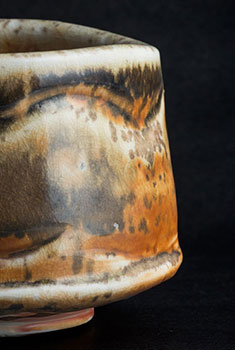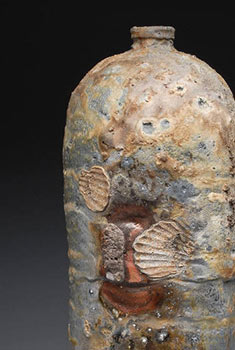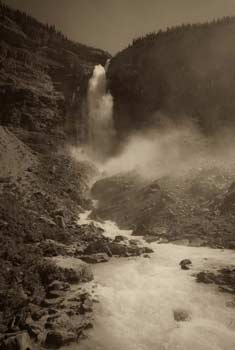- Ceramics
- Artist Pages
- Asian Ceramics & Tea
- Ceramics Artist Links
- Ceramics Links
- Ceramics Terms Glossary
- Agateware
- Banding Wheel
- Bat, Throwing Bat
- Bisqueware, Biscuit Ware
- Blistering
- Blow Up
- Boat Anchor
- Calipers
- Carbon Coring, Black Coring
- Carbon Trap
- Chuck, Chum
- Coil
- Colorants
- Crazing
- Downdraft Kiln
- EPK, Edgar Plastic Kaolin
- Electric Kiln
- Extrusion, Extruder
- Fettle, Fettling Knife
- Force Dry
- Greenware
- Kaolinite
- Kilnsitter
- Overglaze
- Pinholing
- Plucking
- Pug Mill
- Pyrometric Cones
- Raku
- Rib
- Sgraffito
- Shelf Of Shame
- Slab Roller
- Slip
- Test Tile
- Knowledge
- Frequently Ignored Answers
- Photography
- Photographers
- Photo Links
- Raw File Converters
- Camera Simulators
- Color Vision Games
- Frequently Ignored Answers
- Resources
- Contact
Beginning Coil Building
- If you want a very exact or symmetrical form, before you start, do a life-size sketch of how you wish your object's profile to look. Use the sketch to cut out a paper or wood template to help guide you as you build your piece.
- Get a small board to work on, and place a piece of paper towel on top of it so the bottom of your project doesn't stick. Start with a bottom made from a rolled-out sheet of clay or a pinched-out bowl form. Bottoms made of clay coiled into a disk tend to crack a lot and are not recommended.
- Roll out your coils by hand as you need them. The coils should be even as possible and at least twice as thick as you want the final wall thickness to be. Cut off the coil ends if they are hollow. Keep the coils covered with plastic when not working with them so they do not dry out - thin strips of clay dry out much faster than thick pieces.
- Do one layer of coil at a time - this helps you control the form. Drape the newest coil on top of the pot according to how you want the pot's form to develop (see d. below). Overlap the coil ends and cut them both at once at an angle, then join them.
- If you want a symmetrical form, turn your project continuously as you work on it (work on a banding wheel if available), doing each little step evenly all the way around the pot before doing the next, rather than concentrating on one area at a time.
- Always score and slip when joining the first coil to the bottom, when joining the first new coil of the day onto pieces that take more than a day to build, or any time when joining less soft or leather hard clay. You do not need to do this when joining soft clay coils together.
- Smear or marry the coils together by smushing the fatty curve of the coil down into the join between it and the coil below.
- Marry the coils together as you go to prevent problems. At least the inside wall needs to be joined in this way in order for the pot to hold together, otherwise it will come apart like a stack of onion rings when the clay dries.
- When the new coil is joined to the one below it, you may pinch it to the desired thickness and direction. You may paddle the pot to refine its shape and surface and to help strengthen the walls.
- To build straight up, stack the coils directly on top of one another. To go out or in, stack the coils in the direction you wish to go . As you pinch and thin the clay ring you are working on, it will want to expand in width as well as height, making your pot/object wider. To counteract this or to narrow your pot, take hold of two sections of the rim of your pot that are an inch (2.5cm) or so apart, and push them toward each other so that the clay (and distance) in between them compresses. Continue this operation evenly all the way around the rim until your form has the curvature you desire.

- Use your template to make sure your object's profile is as you want it. If the coil you just put on does not work, remove it and try again. Make sure every layer is good before moving on to the next layer, or you'll make it much harder to achieve a satisfactory final result.
- If the clay is soft, it can sag under its own weight, especially where the wall of the object is curving more out or in than up. To prevent this, wrap the rim only of the project with plastic and let the rest of it firm up, or speed up the process with a hair dryer or heat gun if available. Make sure to dry the inside and outside equally when force-drying the object to prevent cracks.
- Make the top rim a strong visual element that states the piece is finished, rather than just cut off or come to a halt - give it some flare and make the craftsmanship as perfect as possible.
- If you are adding handles or other attached elements, make the object and attachments close to the same wetness before joining. Remember and obey the two rules of joining clay!
If you are going to decorate your object with colored slips, do not let it get drier than leather-hard before you have completely finished.




